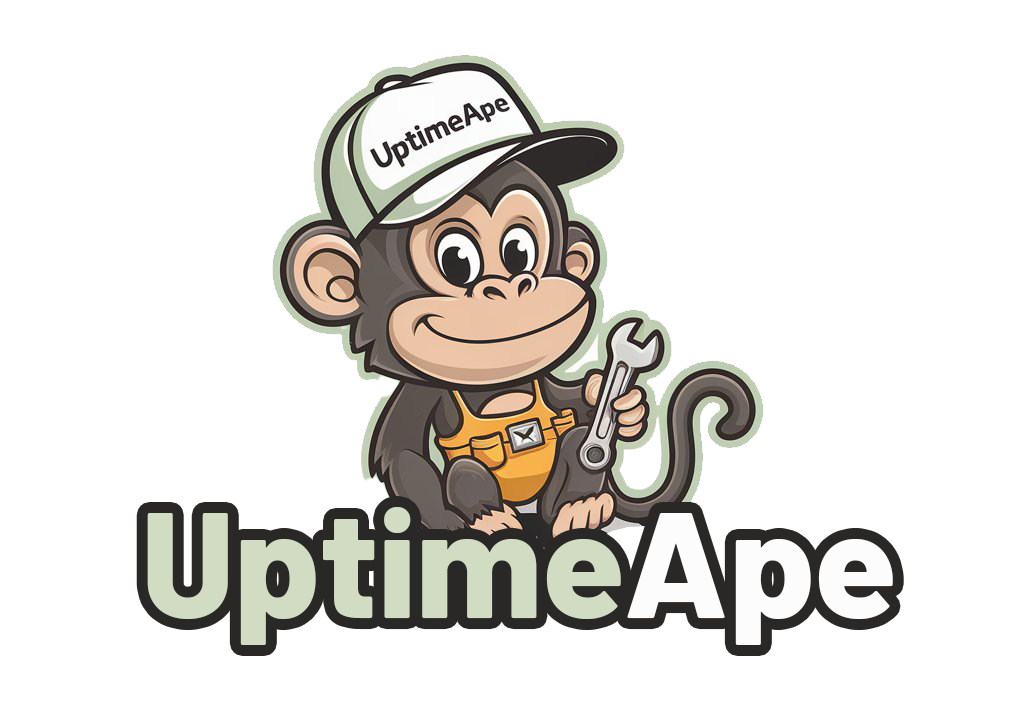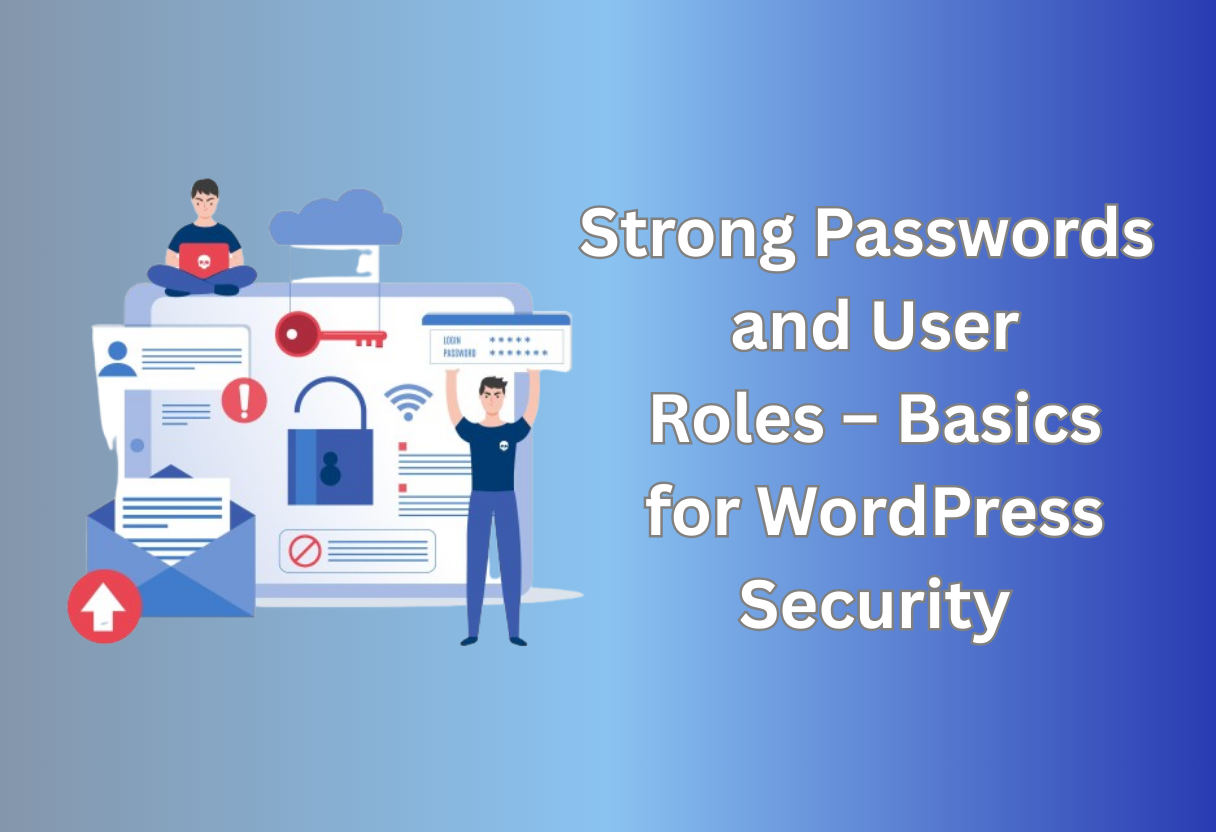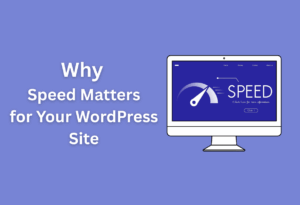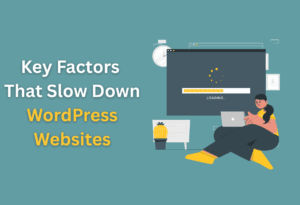Most website owners underestimate the importance of strong passwords and User Roles in bolstering your WordPress security. By leveraging complex passwords, you drastically reduce the risk of unauthorized access to your site.
In addition, understanding user roles helps you assign appropriate permissions, ensuring that only trusted individuals can make changes to your content and settings. This guide will empower you with important strategies to protect your WordPress site effectively and maintain its integrity against potential threats.
Key Takeaways:
- Strong passwords should be a combination of letters, numbers, and special characters, and should not be based on easily guessable information.
- User roles should be carefully assigned in WordPress to ensure that permissions are granted only as needed, minimizing the risk of unauthorized access.
- Regularly updating passwords and reviewing user roles can enhance overall security and protect against potential breaches.
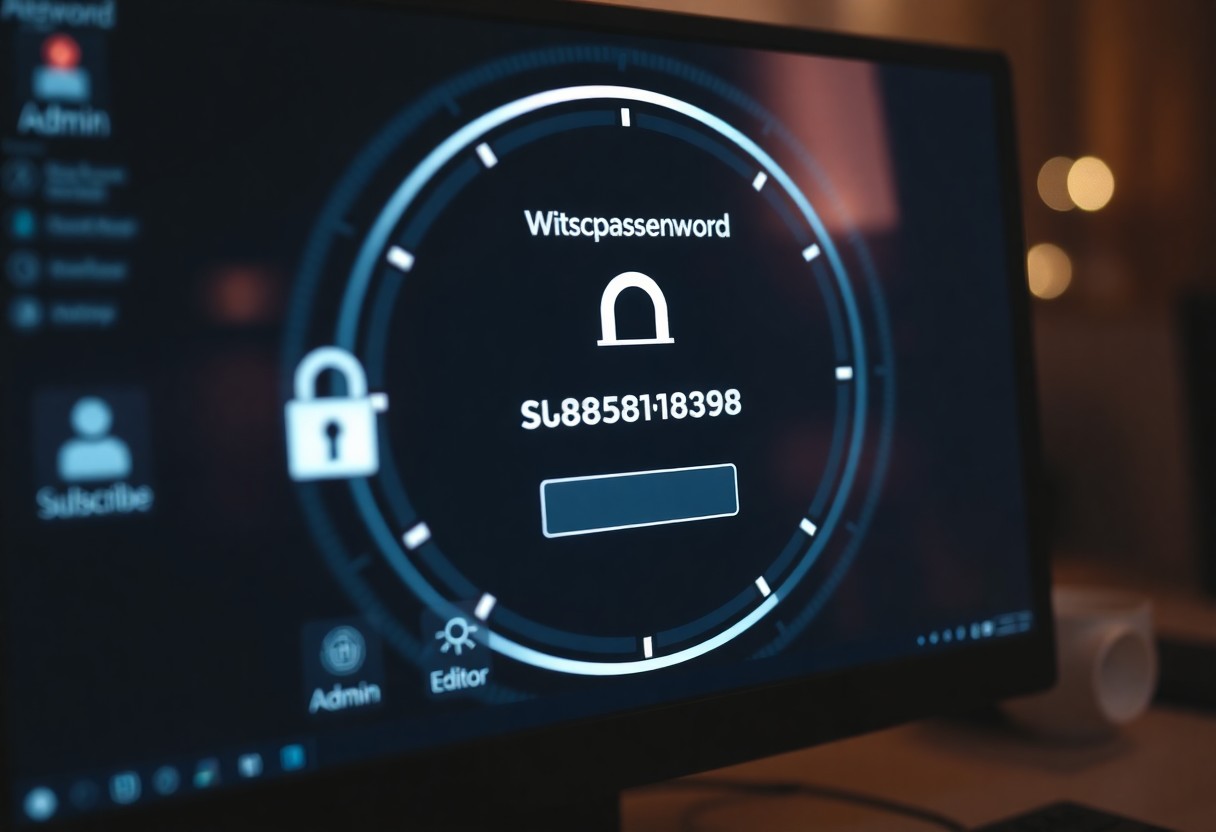
Understanding Strong Passwords
Your password is your first line of defense against unauthorized access to your WordPress site. Choosing a strong password is imperative to safeguard your sensitive information and to prevent cyber attacks. A robust password not only protects your account but also contributes to the overall security of your website and its users.
Importance of Strong Passwords
Below are some reasons why strong passwords are vital for maintaining the security of your WordPress site. They help mitigate the risk of unauthorized access and protect against potential data breaches, ensuring that both your personal and user information remains safe and confidential.
Characteristics of a Strong Password
Password strength lies in its complexity and length, usually consisting of at least 12 characters, incorporating uppercase letters, lowercase letters, numbers, and special symbols. Avoid common words, phrases, or sequences that can be easily guessed, as this makes your account vulnerable to attacks.
Hence, to create a strong password, you should ensure it includes a mix of uppercase and lowercase letters, numbers, and special characters. Avoid using personal information like birthdays or names that are easily accessible. The longer and more complex your password is, the less likely it is to be cracked by hackers. Consider using a password manager to help generate and store unique passwords for multiple accounts securely.
Best Practices for Creating Strong Passwords
It is important to prioritize strong passwords in your WordPress security strategy. A robust password acts as the first line of defense against unauthorized access, helping to protect your site and sensitive data from potential threats. By following best practices, you can create strong passwords that significantly reduce the risk of hacking attempts.
Length and Complexity
Before you create a password, ensure that it is both long and complex. Aim for at least 12-16 characters, incorporating a mix of uppercase and lowercase letters, numbers, and special characters. This combination makes your password harder to guess or crack, enhancing your site’s security.
Use of Password Managers
Between the complexities of generating and remembering strong passwords, using a password manager can greatly simplify your security efforts. These tools allow you to store, manage, and create intricate passwords effortlessly, ensuring that no two are ever the same.
Strong password managers enhance your security by generating unique, complex passwords for each of your accounts, eliminating the temptation to reuse passwords across multiple sites. This practice mitigates the risk of exposure, especially if one of your accounts gets compromised. Additionally, many password managers offer features like two-factor authentication and encryption, providing an extra layer of security. By adopting a password manager, you can take control of your credentials and significantly improve your WordPress site’s overall security posture.
User Roles in WordPress
Not all users in WordPress have the same level of access or capabilities. Understanding user roles is important for managing your site’s security effectively. Each role grants specific permissions that dictate what users can and cannot do within your WordPress environment, helping you safeguard your content and maintain control over your site.
Default User Roles and Their Permissions
Permissions for default user roles in WordPress range from Subscriber, who can only manage their profile, to Administrator, who has full control over the site. Other roles like Contributor and Editor have varying levels of access to create, edit, and publish content. By assigning the appropriate role, you maintain the integrity of your website’s security.
Custom User Roles and Capabilities
Against the limitations of default roles, you can create custom user roles to tailor permissions to your specific needs. This flexibility allows you to assign capabilities based on your site’s unique requirements, ensuring users only have access to the functions they need.
But creating custom user roles is often the best approach to enhance your site’s functionality while maintaining security. With custom roles, you can grant or restrict access to specific settings and features, allowing for a more controlled environment. Be cautious when assigning permissions—giving users too many capabilities can lead to potential vulnerabilities. Always evaluate what each role should be able to do to mitigate risks effectively.
Enhancing Security with User Roles
Once again, leveraging user roles in WordPress is imperative for strengthening your site’s security. By assigning different roles to users, you can control their permissions and access levels, ensuring that only those who need certain capabilities have them. This not only minimizes the risk of unauthorized changes or access but also helps maintain overall site integrity.
Limiting Access Based on Roles
An effective way to enhance your website’s security is by limiting access based on user roles. By assigning specific capabilities to each role, you can restrict sensitive areas of your site, ensuring that users only have access to the functionality necessary for their tasks. This prevents potential exploits that could arise from overly broad access. Furthermore, implementing role-based access control not only safeguards sensitive information but also plays a crucial role in protecting WordPress sites from SQL injection. By minimizing user privileges, you reduce the potential attack surface and limit the avenues through which malicious actors can exploit vulnerabilities. Regularly reviewing and updating user roles can further bolster your site’s defenses, ensuring that only trusted individuals maintain elevated permissions.
Regular Role Audits and Updates
Between updates and changes in team structure, performing regular audits of user roles is important for maintaining your WordPress security. This process helps you to assess whether user permissions align with their current responsibilities, allowing you to identify and remove unnecessary access. Regularly updating these roles minimizes the risk of vulnerabilities posed by inactive or improperly assigned users.
Understanding the importance of regular role audits and updates can greatly enhance your security posture. By routinely reviewing user access, you can spot potential threats, such as users with outdated permissions that no longer reflect their roles. It’s also beneficial to remove any users who no longer require access and reassign roles as needed. This proactive approach ensures that your WordPress site remains secure against unauthorized actions.
Two-Factor Authentication
Many website owners overlook the importance of adding an extra layer of security to their accounts. Two-factor authentication (2FA) is an vital tool that can significantly enhance your WordPress security by requiring not just a password but also a second piece of information to access your account.
What is Two-Factor Authentication?
What you need to know is that two-factor authentication is a security process that requires two different forms of identification before granting access. Typically, this involves your usual password along with a second factor, such as a text message code or authentication app, making it much harder for unauthorized users to gain access.
Implementing Two-Factor Authentication in WordPress
TwoFactor authentication can be easily implemented in your WordPress site through various plugins available in the plugin repository. These tools allow you to integrate 2FA options, such as SMS or authentication apps, ensuring that every login requires additional verification beyond just your password.
It is important to select a reliable plugin like Google Authenticator or Wordfence to set up two-factor authentication. Once activated, you will be prompted to enter a temporary code sent to your phone or generated via an app each time you log in. This simple addition significantly increases your account’s security, making it a much more formidable challenge for malicious attackers to access your site.
Monitoring and Reporting
Despite having a strong password and clear user roles, the security of your WordPress site can still be compromised without proper monitoring. Implementing a system to regularly check for unusual activity is key to catching potential threats before they escalate. By staying vigilant and reviewing your logs, you can ensure your site remains secure and your data protected.
Importance of Activity Monitoring
Against the backdrop of increasing cyber threats, activity monitoring plays a vital role in identifying suspicious behavior on your site. Keeping an eye on user actions allows you to promptly detect unauthorized access attempts or unusual changes. This not only helps in preventing breaches but also supports compliance with security standards, ensuring user trust in your platform.
Tools for Security Reporting
Reporting tools can serve as your best allies in maintaining the health of your WordPress website.
Indeed, effective security reporting tools provide insights into your website’s performance, flagging any potential vulnerabilities and notifying you of any unauthorized access. Solutions like Wordfence, Sucuri, or iThemes Security can give you detailed reports, outlining login attempts, file changes, and overall user activity. Leveraging these tools will not only keep you informed but also empower you to take immediate action to protect your website and user data.
To wrap up
Hence, implementing strong passwords and defining user roles are fundamental steps in bolstering your WordPress security. By creating unique and complex passwords for every user account, you minimize the risk of unauthorized access.
Additionally, assigning appropriate roles ensures that users only have the permissions necessary for their tasks, further protecting your site from potential threats. Prioritizing these aspects will help you maintain a safer online environment and safeguard your valuable content.
